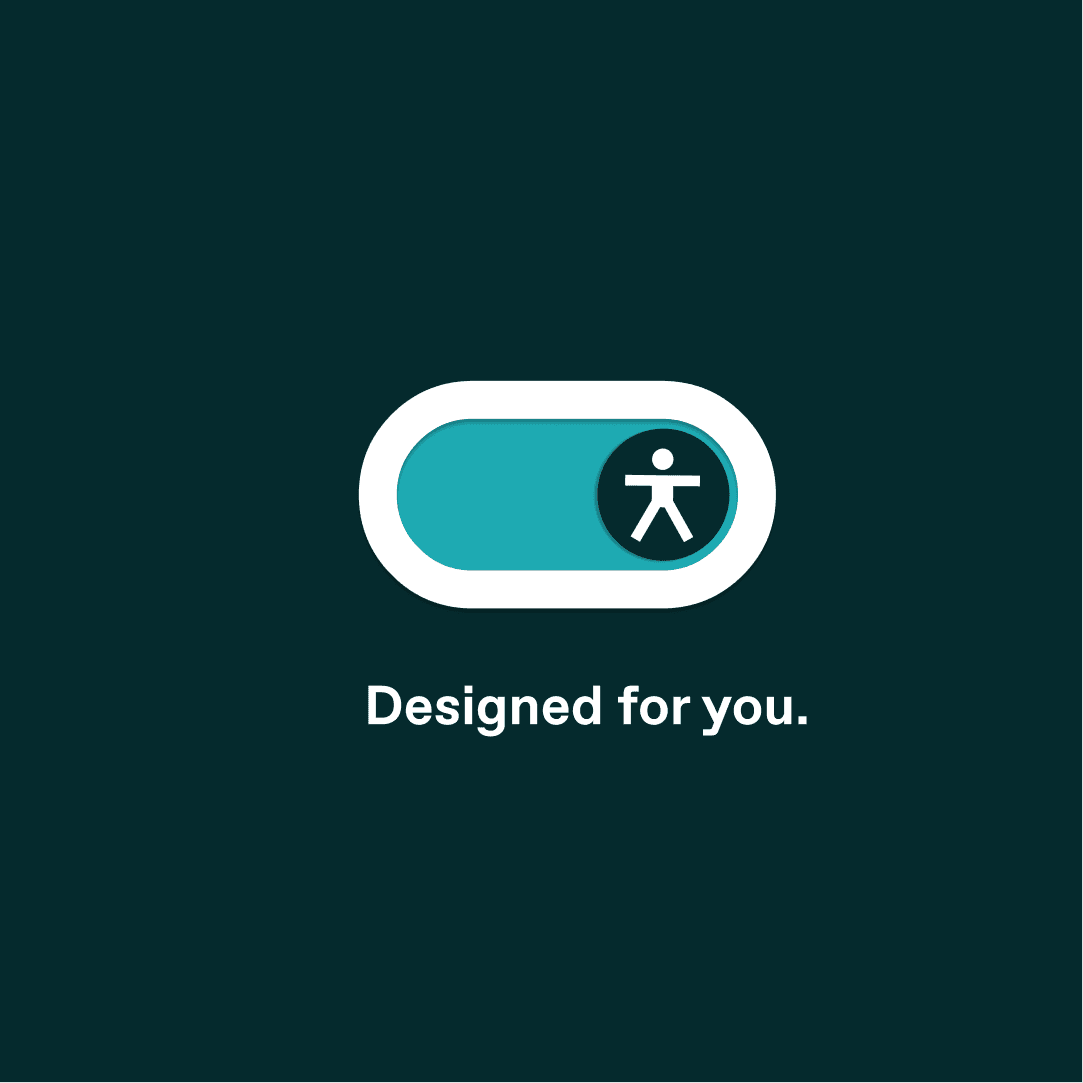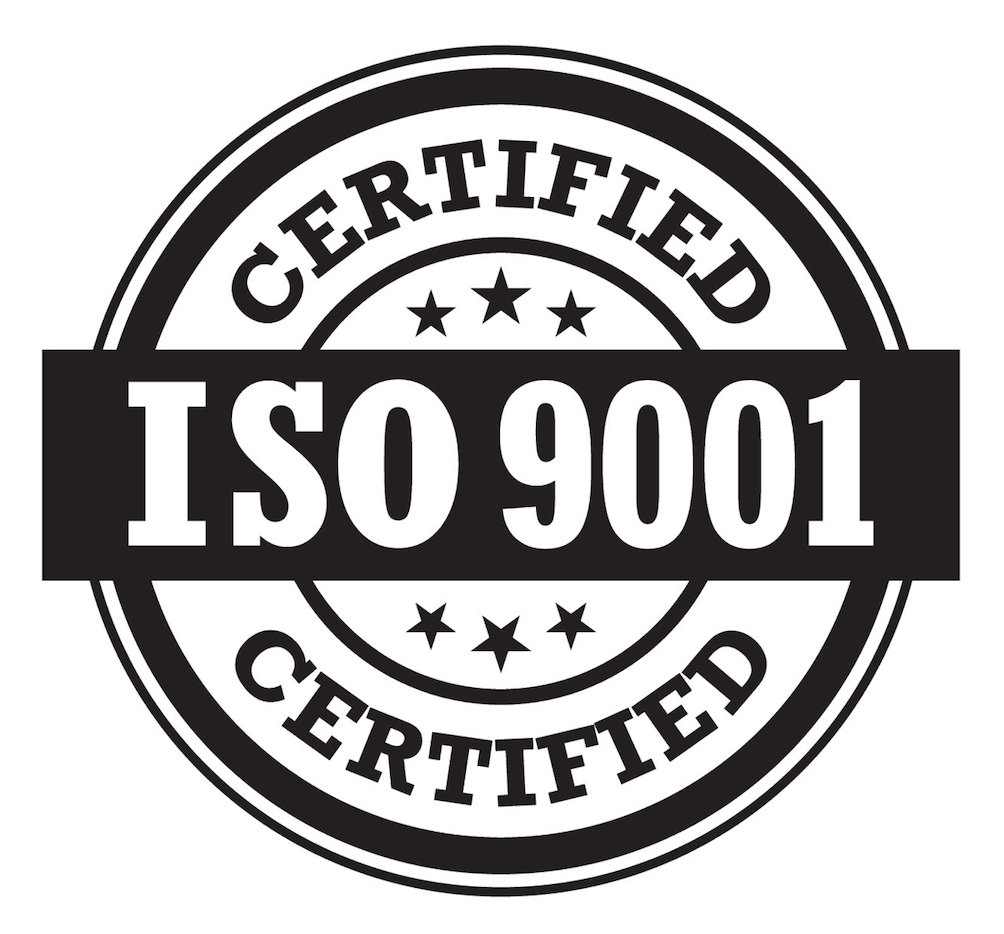Back to Blog
Accessibility in web design
Alejandra Romero , Kern Jones - 18 September 2023 - 10 min read

Can anyone – regardless of their age and possible disability – easily read the information or make a purchase on your company website?
When you designed the site, did you think about using a readable font and colour contrast?
Does the site’s design allow users to navigate it without the overall experience being impacted by their network bandwidth or a disability?
If you want a wide variety of users to connect with your brand, you need to think about making your platforms accessible. In this article, we explore how to go about web accessibility and which aspects to pay particular attention to.
Why digital accessibility is crucial for brands and how Rhapsody can help to enhance a site’s web accessibility
In a world where information and products are just a click away, brands need to make web accessibility the norm in order to reach as many people as possible. A well-designed and attractive digital platform increases a company’s credibility, helps create brand awareness, generates more leads and increases sales. Website accessibility features are a must for any brand that wishes to grow.
But what does a “well-designed website” really mean? Simply put, it is a website that is user-friendly and that provides easy access to information while being adapted to the character, skills and goals of a user.
This means that, when designing a site, we need to think about different kinds of internet users.
What is digital accessibility and why do leading brands care about making their websites accessible?
Web accessibility means that people with physical or mental disabilities, limited technological capabilities or who are from different cultural backgrounds can use websites and digital tools to their full extent.
In other words:
anyone with access to the internet needs to be able to understand, navigate and interact with the website or application and also benefit from the information and functionalities of the platform.
Websites are the digital face of many businesses and organisations, providing essential information and useful tools for their users. It is therefore vital that brands take web accessibility into consideration so that all users may experience the full potential of a website and other digital tools.
According to new the European Accessibility Act, an accessibility law which will take effect on 28 June 2025, the user’s age, physical limitations or technological knowledge cannot be factors which exclude them from using a service.
From this date onwards, many companies in the EU will have to ensure that any newly marketed products and services from the list below are fully accessible, without any accessibility issues.
Example products:
- Computers and operating systems
- Smartphones and other communication devices
- TV equipment related to digital television services
- ATMs and payment terminals (e.g. card payment machines in supermarkets)
- E-readers
- Ticketing and check-in machines
Example services:
- Phone services
- Banking services
- E-commerce
- Websites, mobile services, electronic tickets and all sources of information for air, bus, rail and waterborne transport services
- E-books
- Access to audio-visual media services (AVMS)
- Calls to the European emergency number 112
Millions of people around the world need full access to digital platforms
Even though accessibility has been widely discussed, many websites and e-commerce platforms are still failing to comply with accessibility standards. This can result in complaints or other negative consequences for the brand or publisher.
It’s important to bear in mind that digital exclusion does not only affect people with physical disabilities but also those with situational disabilities and socio-economic restrictions (which might impact their bandwidth and internet speed, for example). When developing websites, we need to be mindful of this fact and design digital platforms that work equally effectively for all users.
More and more people are using the internet in their later years and the proportion of older internet users will continue to grow as today’s users age. Giving these users the option to select larger fonts, boost the contrast or simplify navigation is crucial to ensure they enjoy the content to its fullest.
The number of people with disabilities is also expected to increase significantly in the coming decades, which will invariably result in more guidelines, regulations and enforcements relating to website accessibility. When weighing up whether to invest in web accessibility or not, it is worth considering these figures:
- 15% of the world’s population, i.e. about a billion people, have a disability certificate (source: WHO).
- Around 87 million people in the European Union are affected by disability (source: European Commission).
- In the USA, 59.6% of the population with a disability status live in a household with internet access (source: statista.com).
- In 2016, almost 1/5 of the EU population (19,2%) was over 65 years old – and this number is still growing (source: Eurostat).

Learn about the essential components of web accessibility and the most common mistakes
Ensuring that your website is fully accessible can be hugely beneficial to your brand. Benefits include the following:
- It means brands meet national, regional and international legal requirements.
- It can strengthen a brand’s image as a company that is genuinely committed to corporate social responsibility (CSR).
- It can help position a company as a pacesetter with a vast market reach.
- It allows brands to be well-prepared for success in today’s and tomorrow’s world.
Where should you begin if you want to create digital products and platforms that are accessible to every internet user?
The Web Content Accessibility Guidelines (WCAG) are a good place to start. This act lays out a set of standards for testing accessibility and explains the main principles, which are known as POUR:
- Perceivable – the information on a webpage and the interface elements must be presented in such a way that the user can perceive them with their senses. Everything should be visible and detectable.
- Operable – interactive interface elements such as controls, buttons and other navigation components should be operable.
- Understandable – the technology and the way content is presented should be consistent with design and usage patterns.
- Robust – the site should provide a seamless experience throughout, regardless of the technology used to access it (including assistive devices).
WCAG discusses in detail the types of disabilities that web accessibility should address, including but not limited to:
- visual impairments,
- mobility difficulties,
- hearing impairments,
- photosensitive epilepsy,
- cognitive and intellectual disabilities.
Assessing digital accessibility requires knowledge and the appropriate tools
According to the WCAG, the most common mistakes that make a site less accessible are:
- low contrast elements,
- missing alternative text,
- empty links,
- missing form labels,
- empty buttons,
- missing document language.
However, these are just some of the issues that can make a site less accessible to people with disabilities and limitations. Therefore, a thorough accessibility assessment requires knowledge (for example mobile accessibility or video accessibility knowledge), relevant digital tools and time.
Examples of accessibility: Check out our tips for optimising the accessibility of your website
You will find detailed instructions on how to adapt websites for disabled users in the WCAG guide. Below we have listed the six elements that we think are the most important. These elements are, among others, part of Rhapsody’s Accessibility Checklist Template.
1. Colour and contrast are important for page readability Having good contrast levels is an accessibility prerequisite: this ensures that everybody can read the content easily. The higher the contrast, the easier it is to distinguish the objects, images or text in the foreground from those in the background. The proper use of colours can also help and it is preferable to use contrasting colours that are at opposite ends of the saturation scale, e.g. black text on a white background, or yellow letters on a black background. Fo that you might also use a pdf accessibility checker.
2. Each element on a page can have a significant impact on accessibility To meet the right accessibility settings and standards, it’s important to pay attention to nuances such as line height and letter spacing. The line height should be at least 1.5 times the font size and the letter spacing should be at least 0.12 times the font size. Avoid including text (other than a logo) in images. Check if the text is still readable when enlarged, e.g. to 200%.
3. Disability-friendly hyperlinks Use concise, descriptive link text rather than using a URL so that users can scan the text to then quickly determine whether they want to click on the link in question.
4. Pop-ups limit access for people with vision impairment Popular pop-ups, such as a survey window, can disorient low-vision users. New windows distract users from what they are currently reading or doing.
5. Short and descriptive: alternative text is an essential component of an image Remember to add alternative text (alt text) to images and aria labels to buttons, charts, hotspots, clickable navigation, graphs, illustrations and other important visual elements. Alternative text is useful to people with visual impairments: screen readers and other assistive technologies read the alt text aloud as a means to summarise the visual information seen in an image.
6. An intuitive navigation system allows users to navigate the site with efficiency When designing navigation, consider how users interact with a site’s structure including its hierarchical menus, search fields and site maps.
Accessibility testing – reach customers with disabilities, starting with a free accessibility audits
What is accessibility testing?
Accessibility testing it's the process of evaluating a website or application to determine how usable it is for people with disabilities.
If you’re unsure whether your website is accessible to customers with different types of disabilities, and if you're meeting the right accessibility policy, we’re here to help. Take advantage of our free web accessibility audit with accessibility consultant and start changing your online platform now.
Using our Accessibility Checklist Template, we will analyse your website and provide you with a report of your accessibility results. In this way, we help brands like yours identify the barriers that may be limiting their reach. We also run an automated accessibility testing for our clients.
The website accessibility audit report is the first step in improving accessibility. This crucial foundation will enable you to then adapt the content and technology of your website, so that it is accessible to all users.
Free, no-obligation accessibility audit
Rhapsody, a digital, accessibility agency, is adopting to ensure digital accessibility for customers. Do you need to assess the accessibility in UX design of your website or app? Contact our digital team and schedule a free website accessibility audit.
Get in touch with our experts and make your brand more accessible.
You might also like...
Get the email newsletter and unlock access to members-only content and events.
The Frames, 201–202, 2nd Floor,
1 Phipp Street, London, EC2A 4PS, UK

Talk to us
Button TextCopyright ©2024 Rhapsody Ltd. All rights reserved.

The Frames, 201–202, 2nd Floor,
1 Phipp Street, London, EC2A 4PS, UK

Copyright ©2024 Rhapsody Ltd. All rights reserved.

